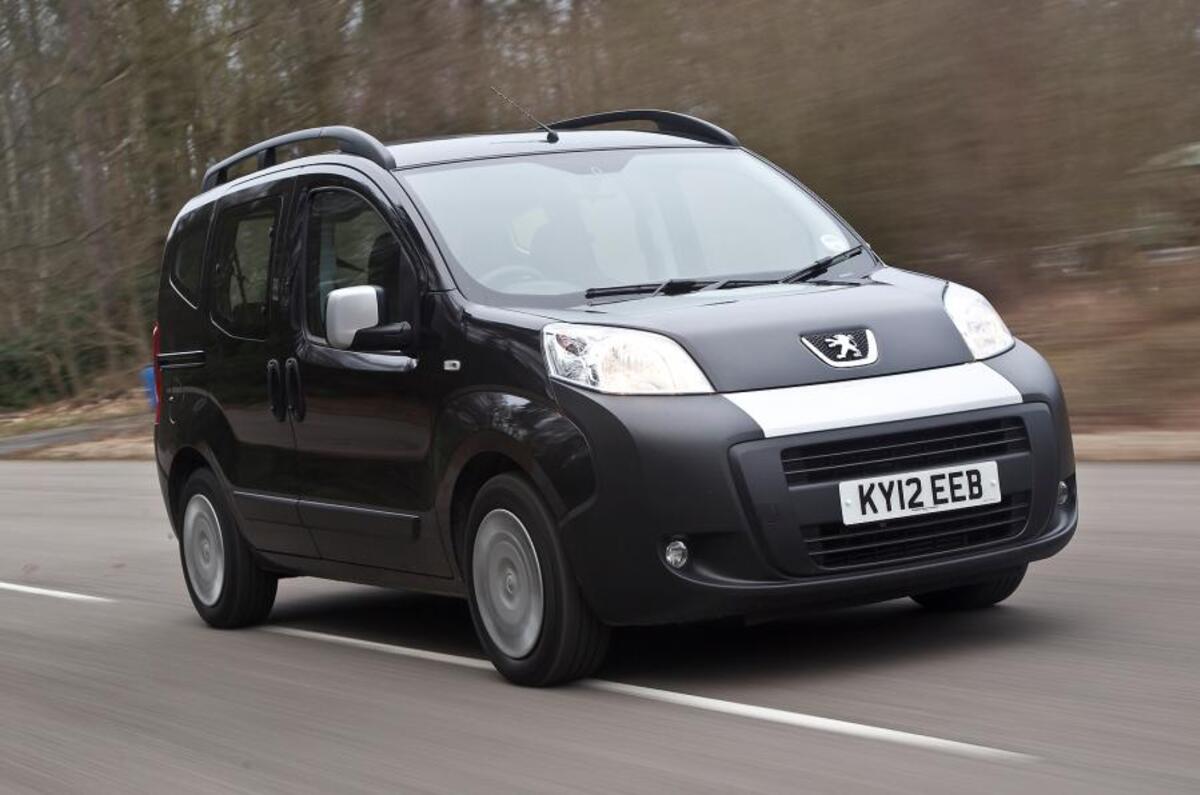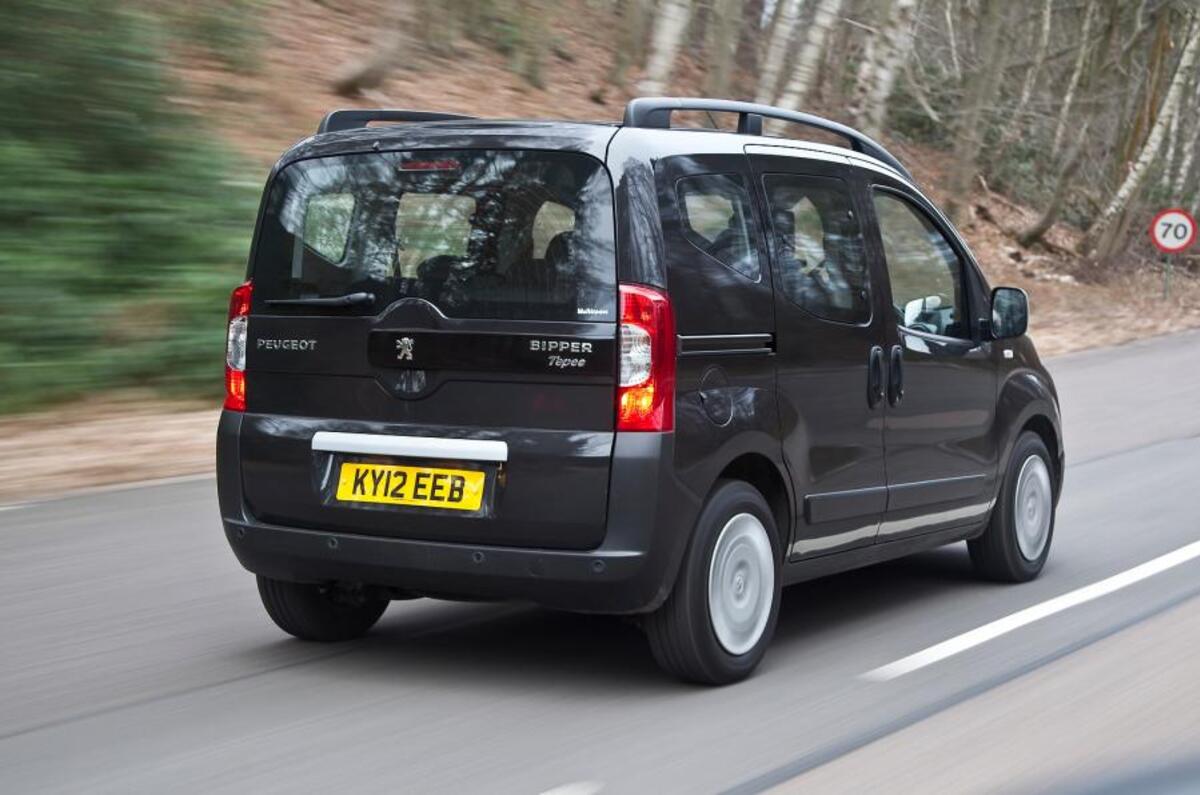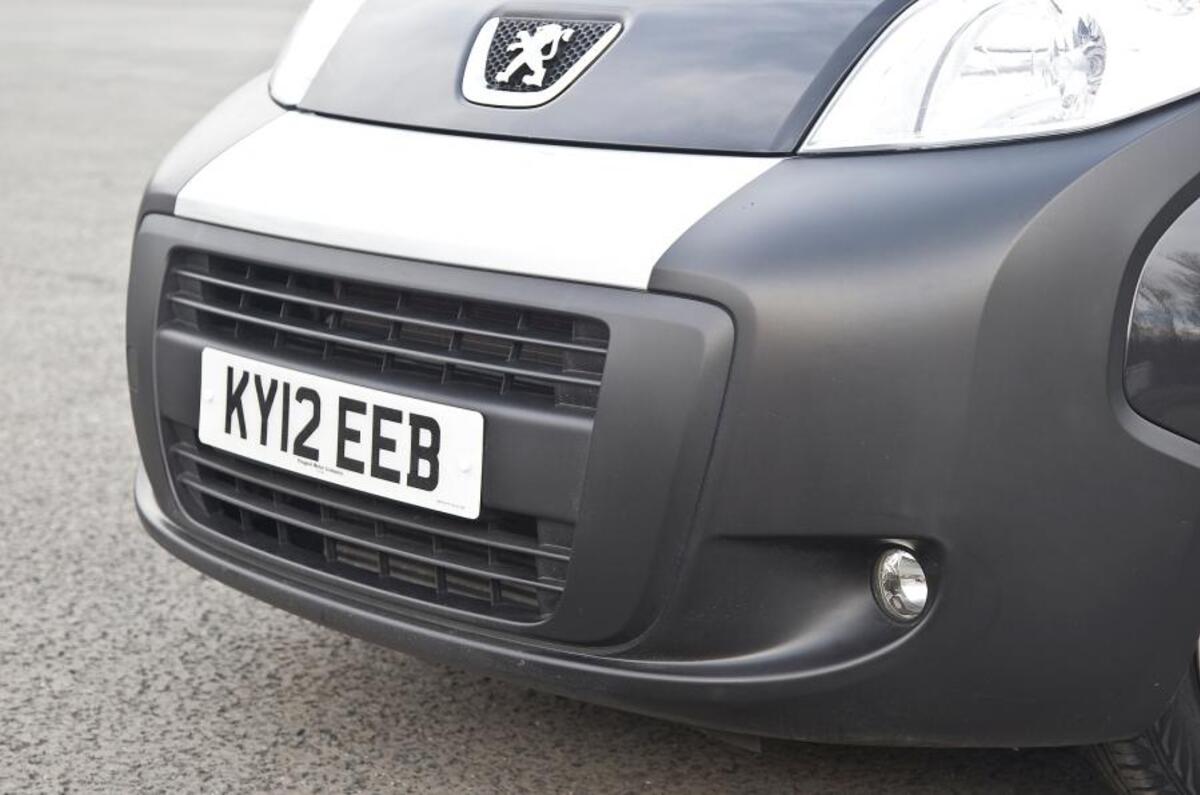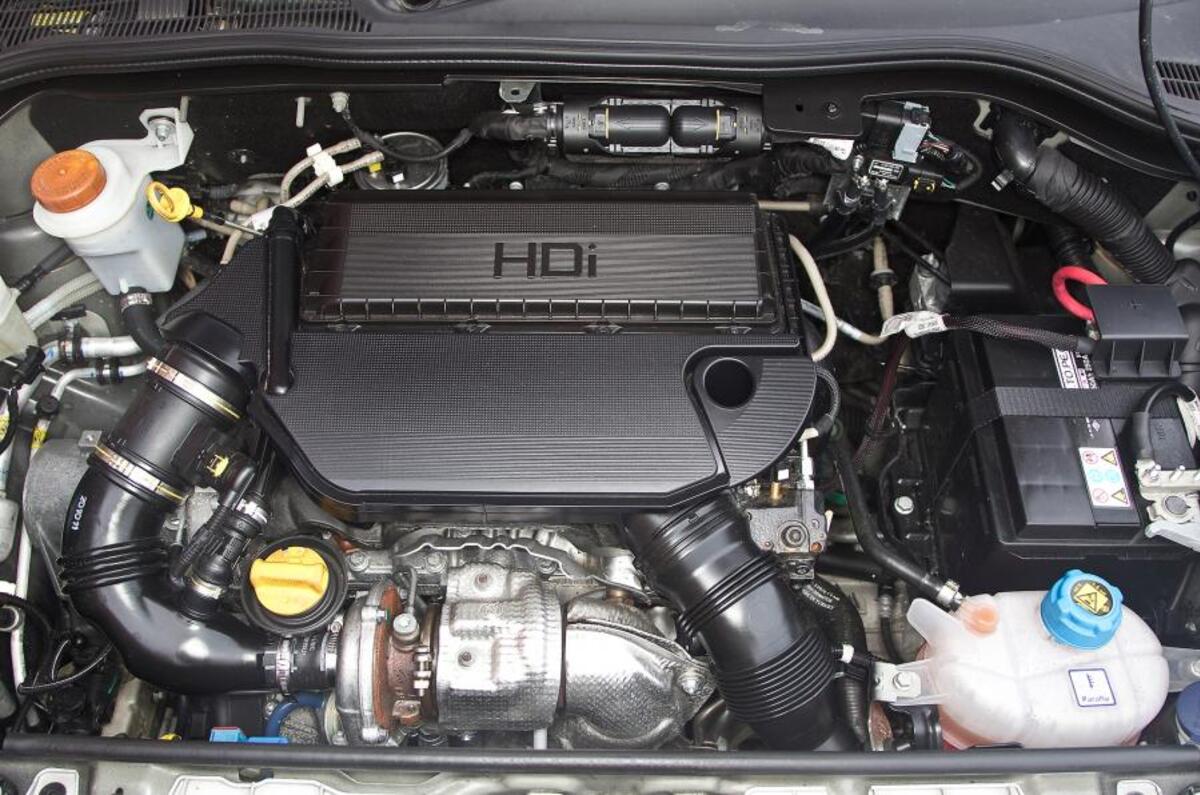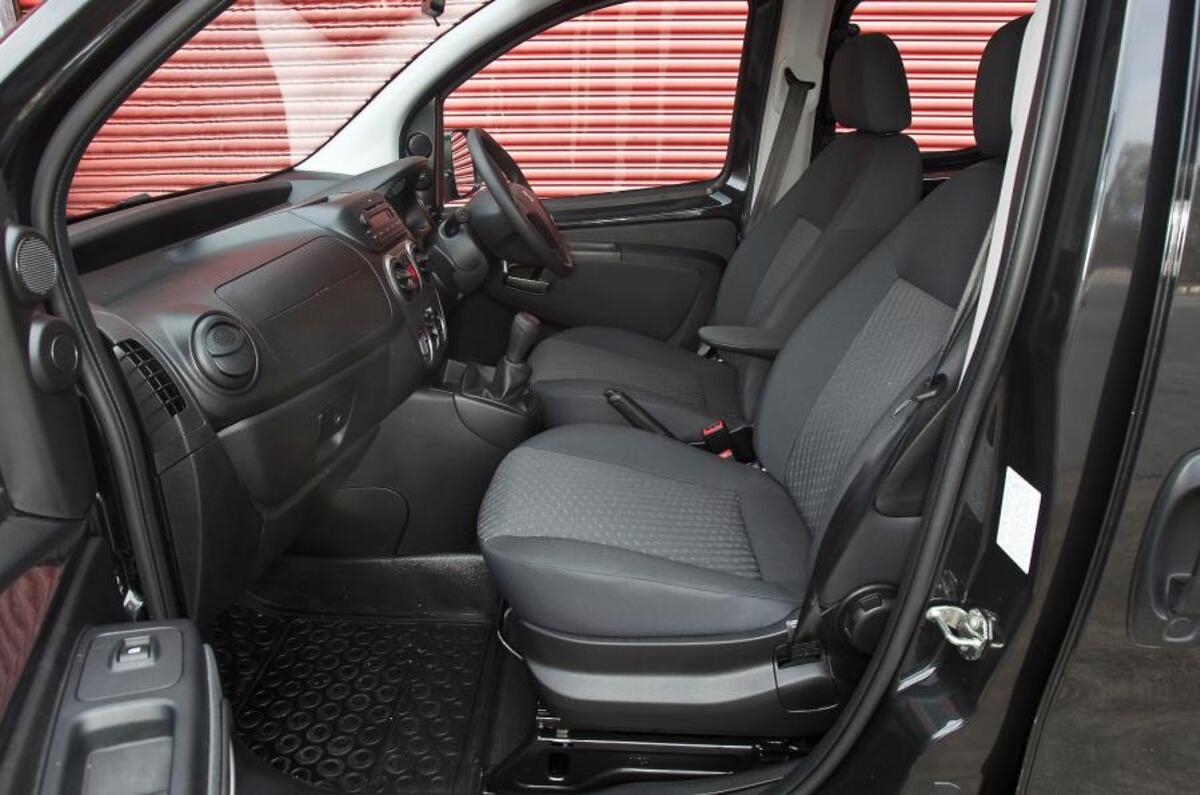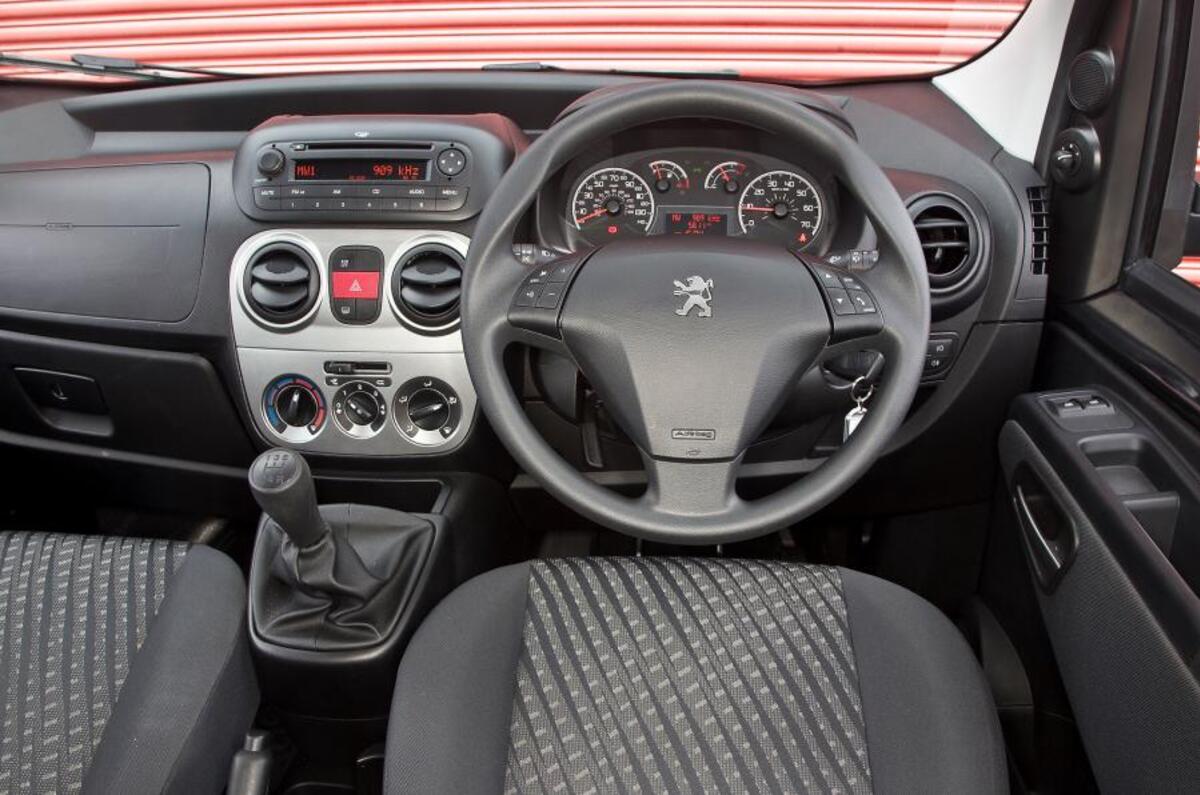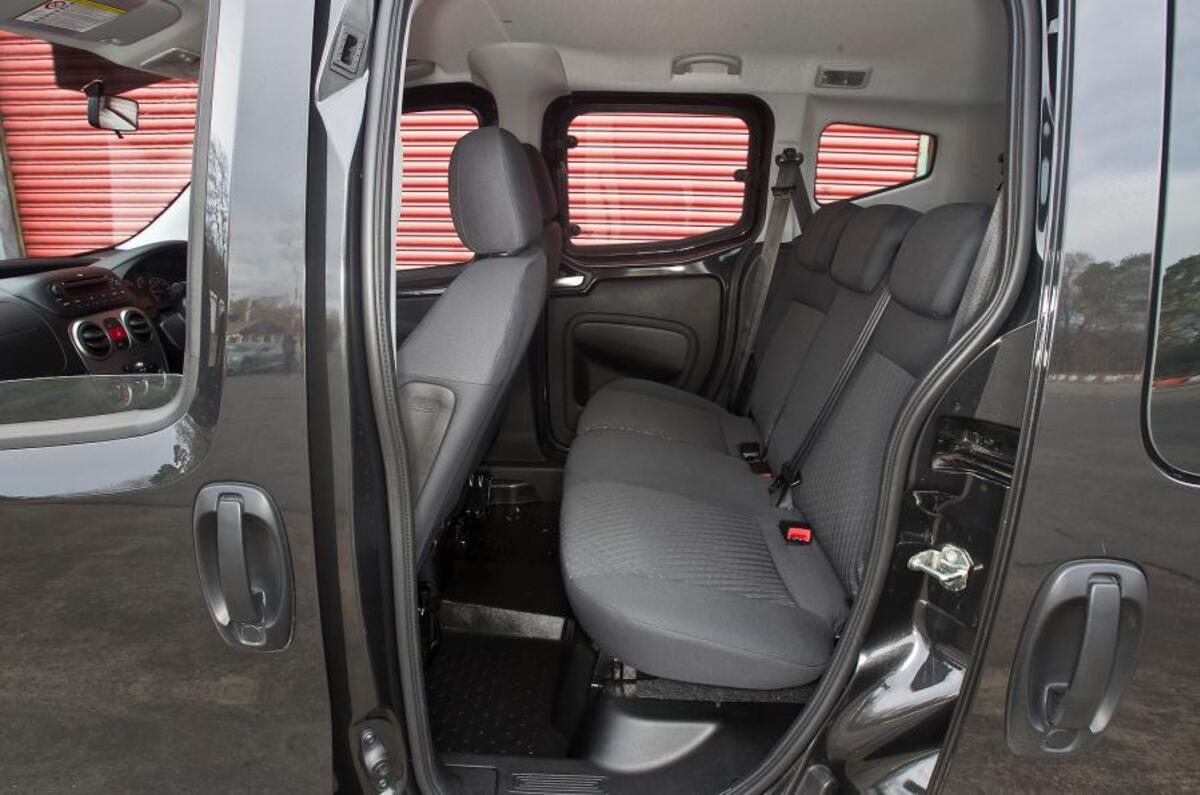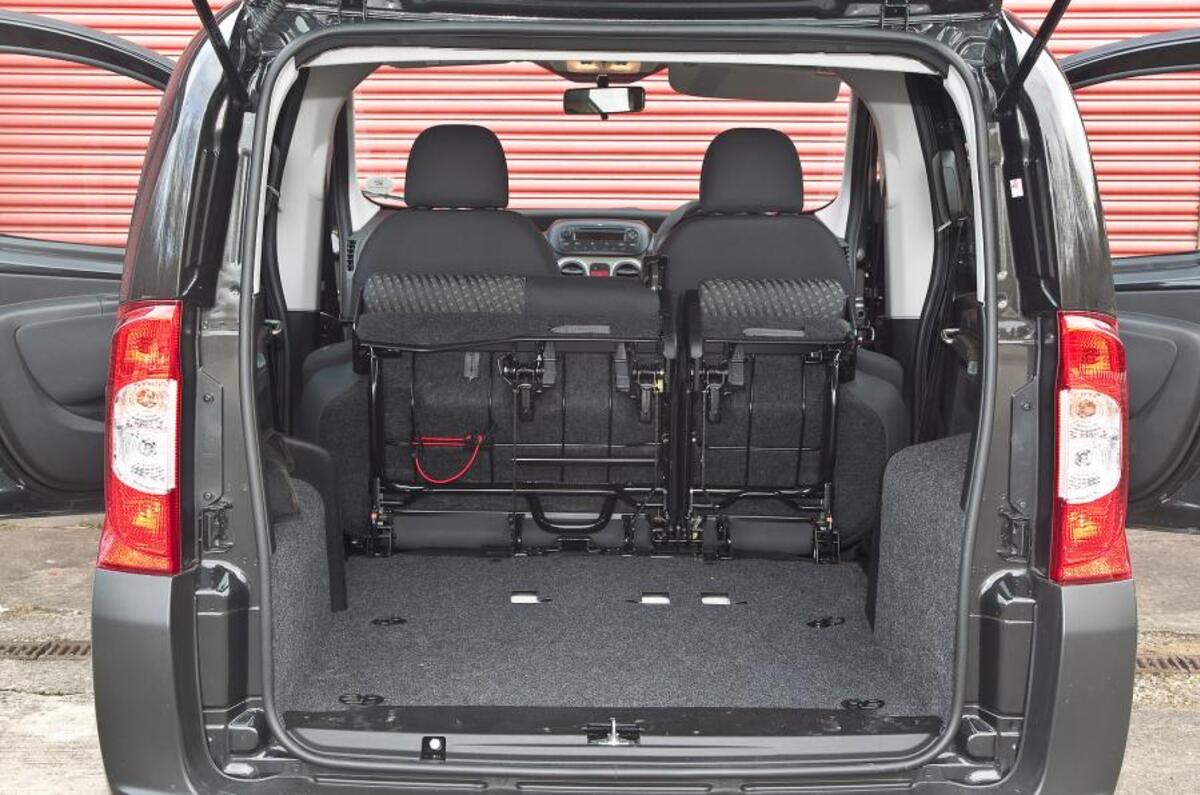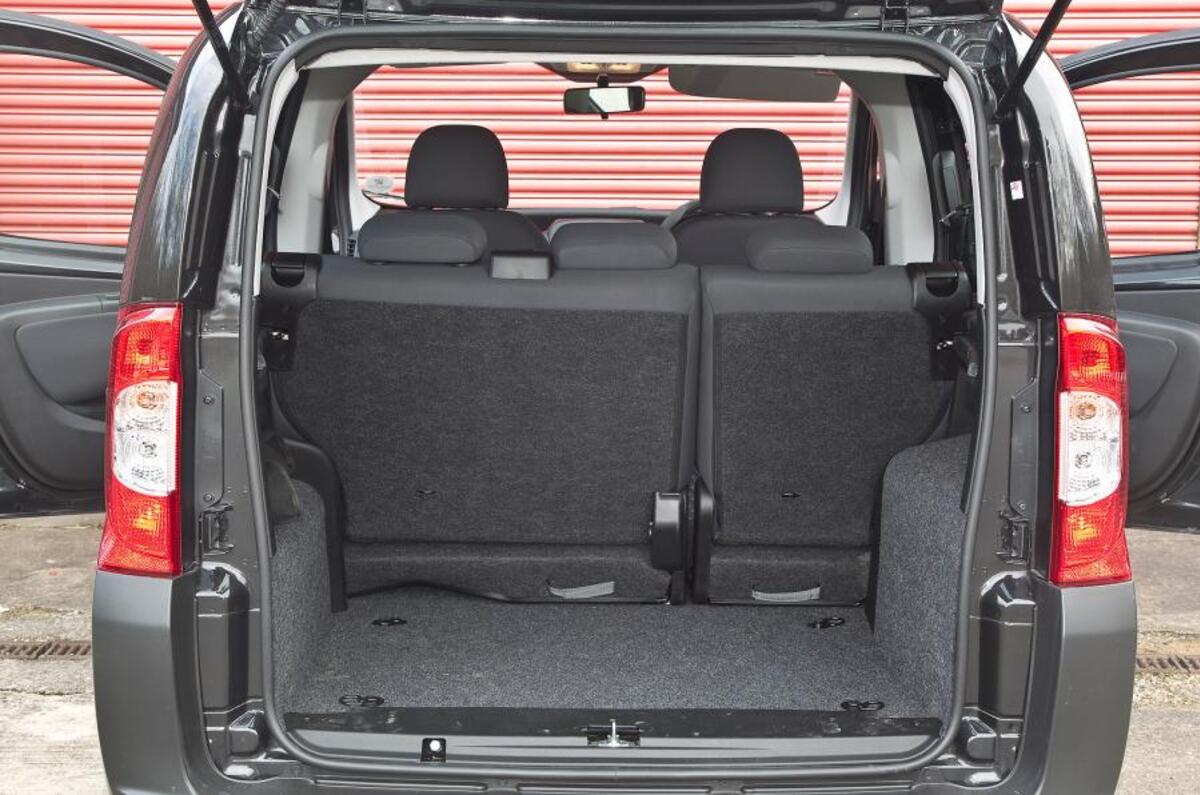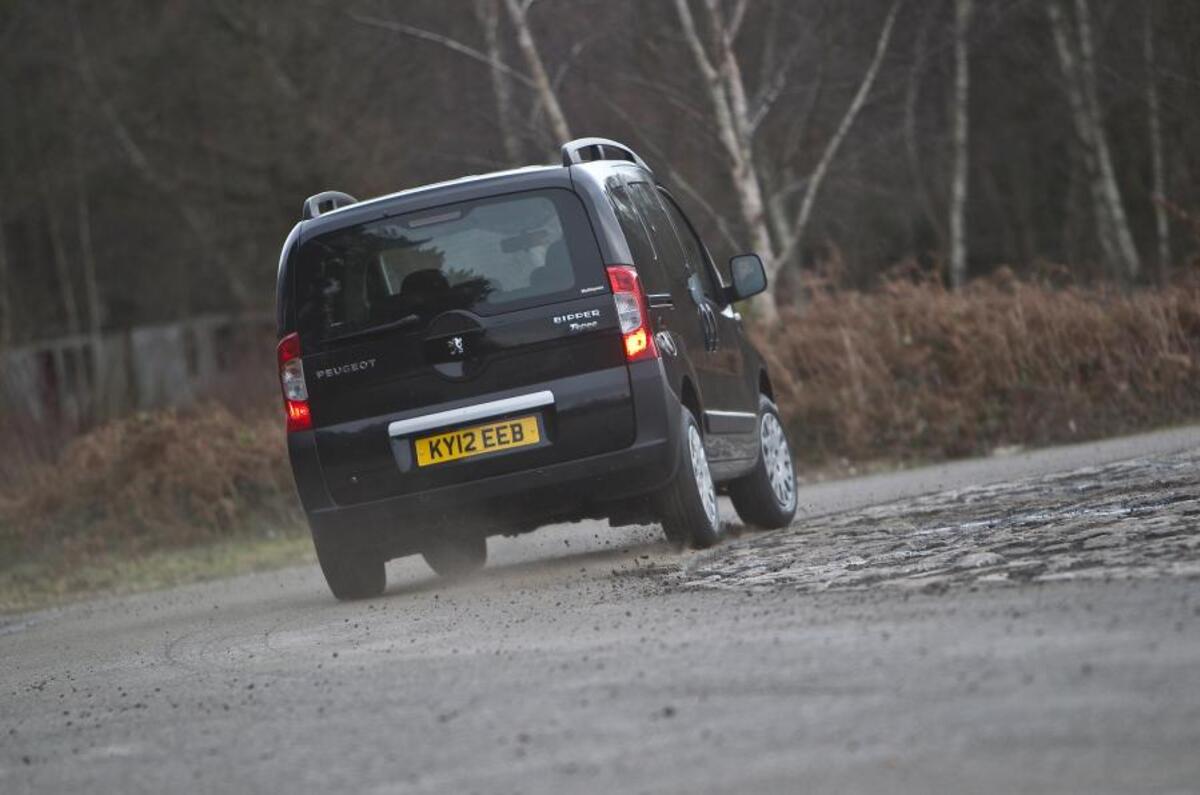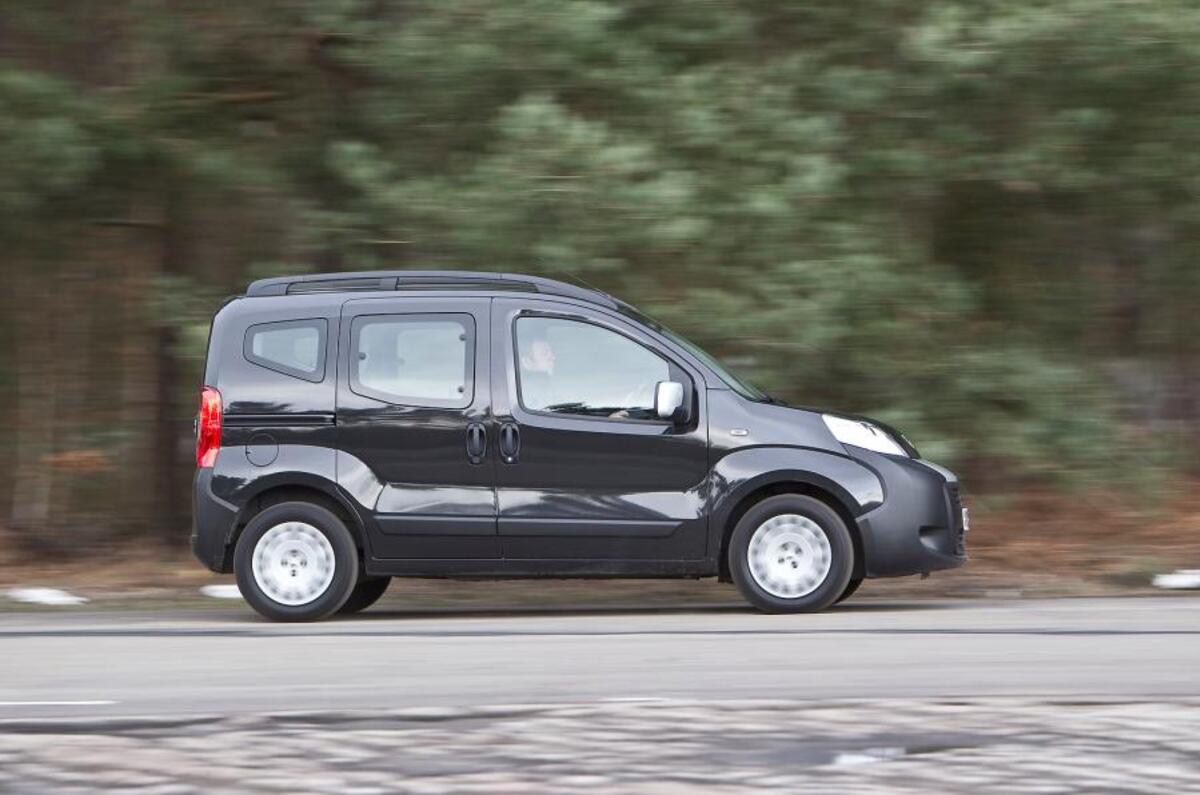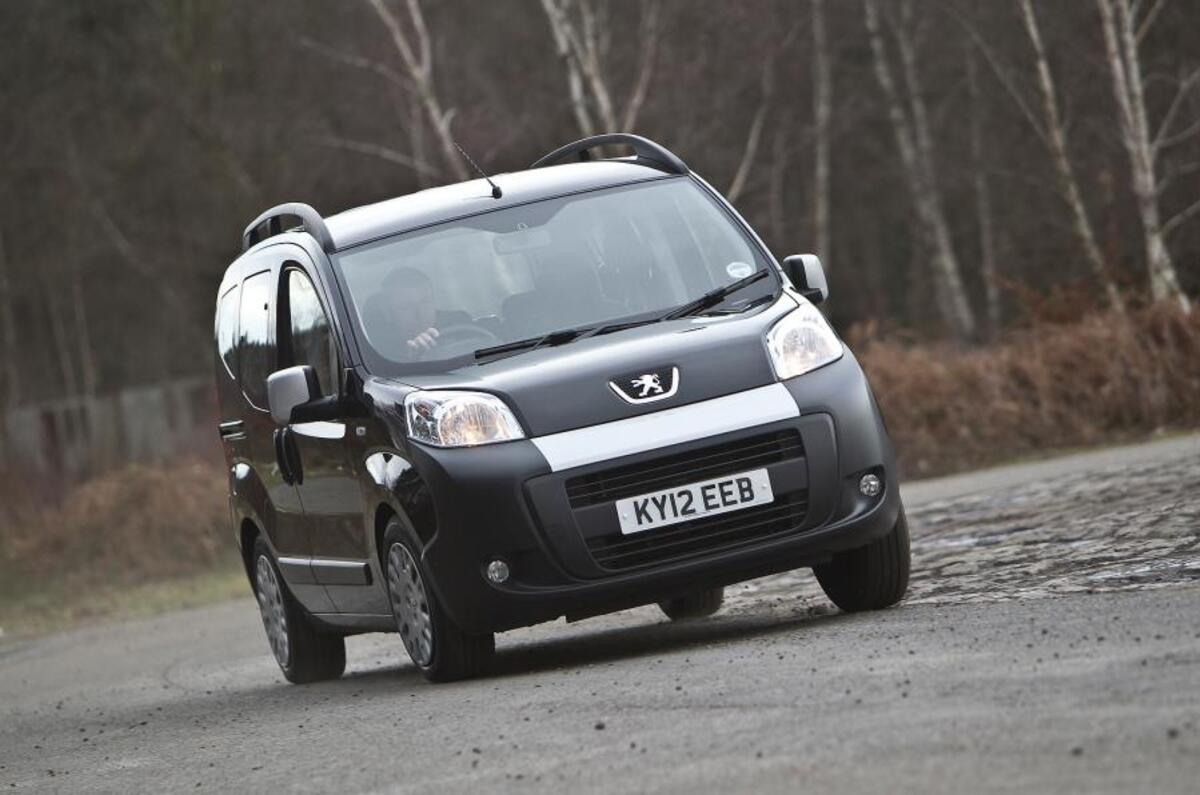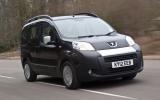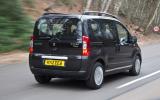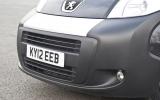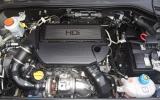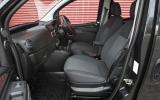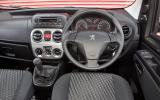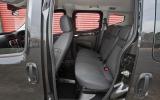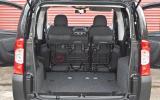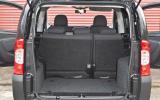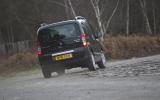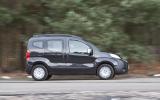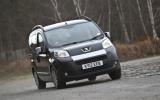The Peugeot Bipper Teepee qualifies, arguably, as one of Europe's smallest people carriers since it is just under four metres long yet offers enough knee and headroom in the rear to accommodate – and provide easy access for – a couple of large adults, without unduly compromising the front package, and leaving decent space for four people's luggage.
It is obviously related to a diminutive delivery van PSA shares with Fiat, but has two rear seats and sliding rear doors to make people the prime cargo. The French manufacturers discovered this van-based ‘multispace’ model a couple of decades ago and initially made a huge success of it with the Citroën Berlingo/Peugeot Partner Tepee.
They have since split demand in two by making the latest Berlingo/Partner larger and more luxurious, and bringing the Bipper/Nemo in underneath.
It's a cheeky-looking little machine with rather odd, ‘undershot jaw’ frontal styling. There are two equipment levels, S and Outdoor, both of which come with the Fiat-derived 1248cc turbodiesel engine, one of the smallest available in Europe, producing 75bhp.
You specify your Bipper either with a standard five-speed gearbox and no stop-start, or with a clutchless five-speed 'electronically controlled manual gearchange' that sets you back £900 but cuts CO2 output from 119 to 107g/km, and improves combined fuel consumption from 64.8 to 68.9mpg.


